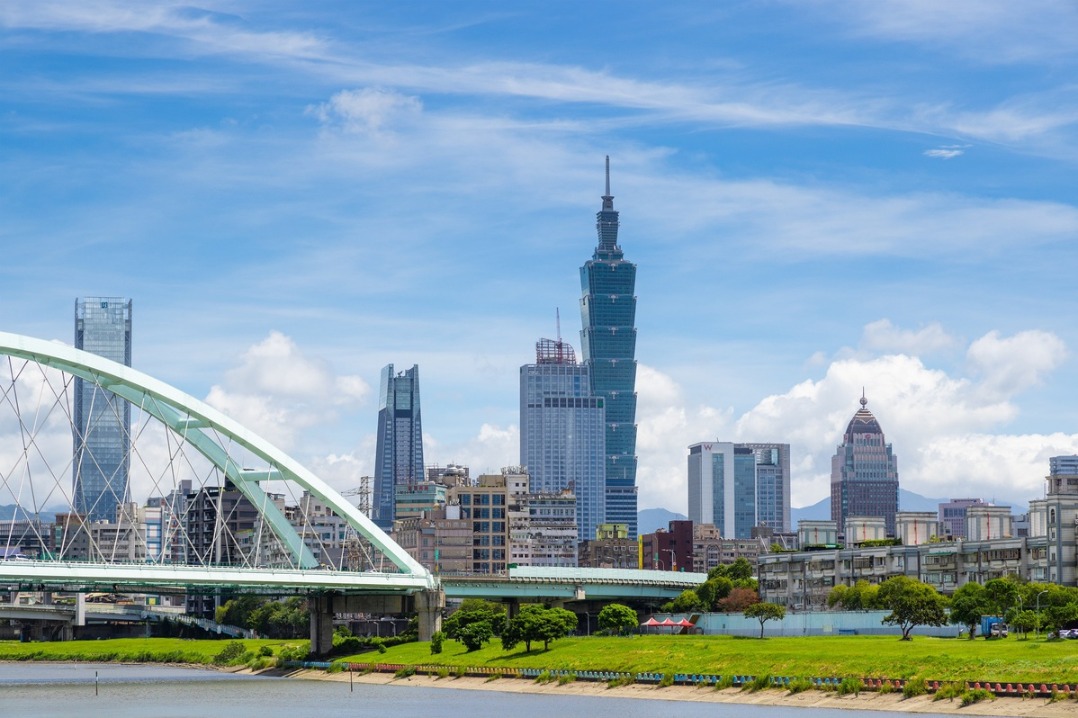Take note of changes in tourist preferences


Editor's Note: China has introduced visa-free entry and signed visa exemption agreements with 75 countries as part of its efforts to promote international exchanges. As a result, the country's inbound tourism has gained momentum, with 13.64 million visa-free inbound trips made by foreigners in the first half of 2025, up 53.9 percent year-on-year. In an interview with People's Daily Overseas Edition, Dai Bin, president of the China Tourism Academy, emphasized the success of the visa-free policy and suggested measures to further develop inbound tourism in China. Below are excerpts from the interview. The views don't necessarily represent those of China Daily.
Facilitating visa procedures is the first step toward attracting foreign visitors. But over the past year, while China has continuously improved its visa-free policy, it has also enriched its tourism offerings for inbound visitors. Several payment facilitation measures have been introduced, making it convenient for overseas travelers. These steps have significantly boosted not only inbound travel to China but also the length of stay for transit passengers.
Data released by the National Immigration Administration show that the number of foreign visitors entering China visa free saw a sharp increase in the first half of this year. An increasing number of foreign tourists are coming to China to savor its cuisine, admire its scenery and experience an open, modern and vibrant nation.
There has been a marked increase in visitors from countries involved in the Belt and Road Initiative as well as other neighboring countries. For example, with the launch of the cross-border tourism train StarExpress that connects China and Laos, and the resumption of the China-Vietnam international passenger rail service, there has been a surge of travelers from the Association of Southeast Asian Nations.
Also, the pattern of travel by overseas visitors in China is changing. Many tourists are showing a strong interest in the country's high-speed rail and new types of tourist spots and cultural spaces, such as trendy urban districts and theme parks. They are curious to know about the daily life of the Chinese people.
Today, an increasing number of overseas tourists are choosing China's second- and third-tier cities as their destinations, opting for self-driving tours and independent travel to experience China beyond its metropolises in order to gain a deeper understanding of local customs and traditions and take home a more authentic, multidimensional and comprehensive impression of China.
The surge of "China travel" has promoted the trend of "China shopping". According to the State Taxation Administration, the number of tourists claiming tax refunds shot up 186 percent year-on-year in the first half of 2025, while sales of tax-refunded goods grew 94.6 percent and total refund amounts rose 93.2 percent.
The uptick in China's inbound tourism consumption is an encouraging sign. Global experience shows that the higher the quality of life in a country, the more it attracts visitors and stimulates spending. China's visa-free policy showcases an open, confident and proactive national image to the world.
Relevant departments should take note of the new trends emerging in inbound tourism. As more and more overseas visitors opt for independent travel rather than group tours, destinations should be presented to them in a more direct and authentic way. Tourists should also be provided convenient services such as audio guides and multilingual reception. In addition, given that international travel often involves considerable planning, the focus should be on stability and predictability in visa and travel policies.

































